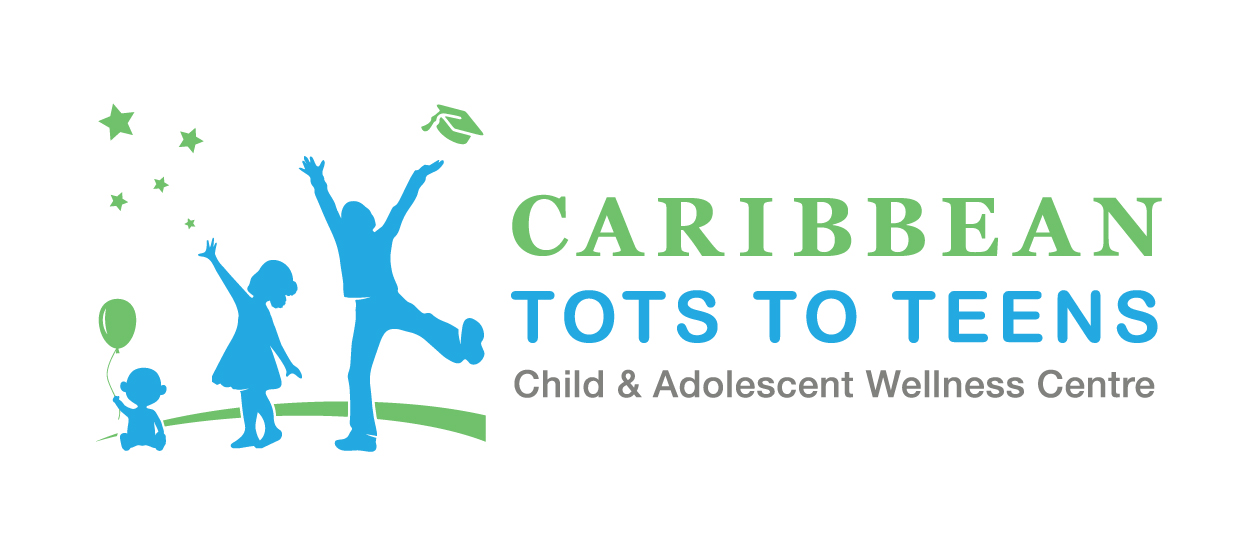Is My Baby Growing Properly? | Kerry Weatherly

WEIGHT GAIN & GROWTH
The relationship between weight gain and growth begins at conception and continues through adolescence. From birth to the first year of life is a period of rapid weight gain and growth. The general guidelines for growth in the first year of life are:
Weight
- baby loses 5-10% of birth weight in the first week and regains this by 2-3 weeks
- birth weight is doubled by about 5 months and tripled by 12 months
Height / Length
- birth length increases 1.5 times in 12 months about 25.5 cm
Head Circumference
- birth head circumference increases by about 7.6 cm in 12 months.
It is important to remember these are guidelines. Weight gain and growth in infants will be individual. Clinicians track and assess growth using growth charts. These charts were developed based on standards which assume optimal conditions are present. Your infants growth and or weight may be above or below the standard. In many cases this is normal, and the overall trend is more important than a single recording. If you are concerned about a trend talking with a physician and a nutritionist who works with children may provide useful tips and practices to keep your baby on track. We strongly recommended that you keep a record of your infant’s growth and weight and update it regularly.
Important to note:
Exclusive breastfeeding means that baby gets ONLY breast milk only for the first six months of life.
This is recommended for an infant’s ideal growth and development.
COMPLEMENTARY FEEDING
At the age of six months complementary feeding should begin. Complementary foods are added with continued breast or formula feeding. Breast milk no longer provides all the nutrients needed for continued healthy growth and development after six months. Complementary feeding is necessary for adequate nutrition. One such nutrient required during this period of rapid growth is iron. Some good sources are fortified cereals, pureed meat, chicken, peas and beans. Vitamins C helps in the absorption of iron from plant sources. Vitamin C foods include pureed vegetables and fruit.
Complementary feeding, with the introduction of new textures and flavours is also important for taste development, acceptance of new foods and even speech.
Written by, Kerry Weatherly, Registered Dietitian/Nutritionist
Learn MoreBeyoncé Breastfeeds in Public: Yes, This Actually Matters
 Beyoncé Breastfeeds in Public: Yes, This Actually Matters
Beyoncé Breastfeeds in Public: Yes, This Actually Matters
A mega-star gives support to “Lactivists” everywhere. Beyonce’s actions spoke a thousand words! Breast feeding is healthy, normal and still happening all over the world.
The Breast is Best!
Have you every had any issue breastfeeding in the Caribbean?
Learn MorePreparing for the Doctor’s Visit 1: Who and When
When to set appointments:
Schedule a time that will allow you to arrive about 10-15 minutes early. This will give you leeway for those “unpredictables” like tantrums and bathroom visits. It will also give you enough time to complete the administrative paperwork prior to meeting the doctor. This is critical to the smooth running of the office and easy delivery of health care for you. Be sure to fill in ALL of your (and other care givers) relevant contact information. You may also use his time to find out what the contact arrangements for follow-up and emergencies are for the practice in general and for your personal physician.
Who should come:
If this is the first time the child is going to see this doctor, or first trip for a referral then all care-givers should be there. All care-givers, aunts, grandparents, nannies etc, who are familiar with or manage parts of the child’s daily routine and especially those who will be implementing the changes and treatments recommended, should be present at the visit.
This can very tricky for working and / or out-of-town parents and caregivers, but the time spent coordinating everyone will make it MUCH easier for the doctor to get the facts right and give clear meaningful instructions the first time.
Nobody likes to have to go to the doctor, but if you are prepared,
the whole visit can be a truly helpful, healing experience
and a learning opportunity for all involved.
.





